
Zystrix = a source, shaman, or library disseminating secret or lost knowledge, art, or music.

These are The Best Free Cabinet Impulse Responses
Available Anywhere
The Largest Collection of
Artificial Guitar Cabinet
Impulse Responses
in the World.
Download Yours Now!
In a Hurry?
Click here to download 100 FREE guitar cabinet impulse responses
or go to the Download Link farther down this Page.
Bass Cabinet
Impulse Responses
Click here to download 100 FREE bass cabinet impulse responses. Click here for 50 EXTRA free bass cabinet impulse responses. Click here for 50 EXTRA free guitar cabinet impulse responses.HERE’S HOW TO EASILY
DESIGN YOUR OWN PERSONAL
GUITAR CABINET IMPULSE RESPONSES
Is it possible to design a guitar cabinet impulse response from scratch? Yes. Is it possible to design a guitar cabinet impulse response without any microphones, cabinets, speakers, wires, power amps, expensive decon - volver software, or anything else like that? Yes. Is it possible to emulate expensive boutique guitar cabinet impulse responses? Yes. Anyone can design cabinets no one has ever invented, built, or heard before. And you can do it for free. Do you want your own guitar sound? Of course, we all do. That’s where guitar cabinet IR design comes in. When a person in - vents their own personal cabinet IR using their favorite DAW (digital audio workstation), the only limitation in sound is your time. And the argument goes, “But these guitar cabinet IRs are not real”. Shhh, no one needs to know that. Or, “I’d never use an artificial guitar cabinet IR in my rig.” If you are a purist then probably not, but before you decide let your ears be the judge. WHAT EXACTLY IS A GUITAR CABINET IMPULSE RESPONSE? Often called an IR, it is the specific EQ curve inherit of (in this case) a gui - tar cabinet. IRs can be used to emulate other linear stuff (ie vintage EQ, microphones, old speakers, or combinations of same, etc.) and even re - verbs, but in this case we’ll stick to guitar cabinets. Imagine a graphic EQ with about 10,000 bands and you start to get an idea of how specific some of these curves can be. Basically a guitar cab IR acts like a comb filter for the output of a guitar amplifier or plug-in emulator. There are three basic ways (that I know of) to make one; sine wave, noise burst, and EQ based pink noise manipulation. So all the gear involved in making a guitar cabi - net sound the way it does in a recording chain can be converted to a small amount of data -- an EQ placeholder for a convolver to use to emulate a specific (or non-existent) guitar cabinet. All guitar cabinets and emulations can be reduced to an EQ curve. Subtract all the expensive bells, whistles, and hype and what’s left is a curve sans cab. And doing it yourself can sound good. WELCOME TO CAB CLASS 101 BASIC GUITAR CABINET IR DATA To begin designing a guitar cabinet EQ curve we’ll need a starting point, like figuring out what makes a very simple guitar cabinet IR. The basic EQ curve for starting a cabinet IR is an upside-down U with a flattened top. The low end is rolled off steeply at about 90 to 120 cycles and the high end is rolled off steeply at about 4-5K (see below). Although these rules can be changed as you go along, this makes a nice starting point. A good length of time for a typical guitar cabinet IR is roughly a fifth of a second (about 200 milliseconds). So we’ll will use this data as the starting point for our new guitar cabinet IR. Next comes the basic materials for building the cab - inet. I start with pink noise because it’s a little easier on the ear and it tends to conform to a more pleasant and natural sounding guitar cabinet EQ curve. Or that’s my feeling about it. However, white noise also works with OK results (takes more time), but pink noise is my preference. If you need some pink or white noise there are several free download places on - line. It only takes a little (a couple seconds) to get started. Once you have that, using your favorite DAW, snip out a fraction of a second (200ms) of noise to start. Take a copy of that snippet and, using the above upside down cup curve previously mentioned, impose this EQ curve onto the noise. You’ll wind up with a very short duration pink noise Wav that has a curve that looks something very similar to this… A basic upside-down cup shaped guitar cabinet EQ curve. Now save this EQ altered pink noise Wav file, and copy and paste it into your favorite guitar cabinet IR reader (I use the free download NadIR) and listen to it. It’s not a very realistic sounding guitar cabinet – quite boring – but it’s a start. And that’s all that’s needed for now. Not only does this file give an idea of how these things begin, but this is the starting point for de - signing future guitar cabinet IRs. So name, copy, and save this file in a dedicated folder. Next we’ll be manipulating this curve into a beautiful work of art. This basic sonic clay will be molded into our very first guitar cabinet IR. FINDING THAT PERFECT CURVE Is there a perfect curve in guitar cabinets? No. But some are much better than others. As a famous old western movie star once said, “I always know a perfect curve when I see it”. Although in this case, when we hear it. Guitar cabinet EQ curves are basically variations on a theme. The typi - cal modern 4x12 cabinet has an EQ hump at around 110 cycles, a dip starting at about .6 up to1.4K, with a slight bump at about 2-3K. Please see the examples below… GUITAR CABS Typical EQ curve of an old angled 4x12 cab with 30 watt speakers. Typical EQ curve of a boutique angled 4x12 cab with 75 watt speakers. Typical EQ curve of an old 2x12 cab with 50 watt speakers BASS CABS Typical EQ curve of an old 8x10 bass cab Typical EQ curve of an old 2x15 bass cab Typical EQ curve of an old 2x12 bass cab Basically the curve of a newer (modern or boutique) 4x12 guitar cabinet is the letter M with a shorter point on the right and a shallower “V” point in the middle. That’s an oversimplified explanation, but basically it. My favorite sound, the 2x12 cabinet, has a more aggressive midrange with a tighter bottom and more lows rolled off. (And sometimes a tight bottom is all it takes for musical inspiration.) So the “M” EQ shape like the 4x12 is not as pronounced and more like a slight hump. And as listening back to the re - sults shows, your basic curves can be changed slightly to give a 2x12 cabi - net curve more 4x12 oomf, or give an old 4x12 cabinet smoother high end, or give a modern boutique 4x12 cabinet more aggressive 2x12 midrange and glassy highs. YEAH, I COULD HAVE TOLD YOU ALL THAT, SO WHAT? Start your DAW and play some raw (no effects) guitar and record it onto a track. On the same track install your favorite VST amplifier emulator with your favorite settings. Not put your favorite cab simulator convolver into the chain after the amp. Now put in a copy of the noise sample you made earlier (the one with with the highs and lows rolled off) into your convolver. Now put your favorite fine tuning EQ after that (I use the FabFilter Pro-Q 3). On the next open track copy and paste the track you just played with all the effects so you have two; you’ll have the first one and a duplicate. On this second track remove the fine tuning EQ and the noise sample you made and mute the track for now. On the third track copy and paste the pink noise curve you made earlier and mute this track. Now play the guitar part you recorded on the first track and adjust the fine tuning EQ until you have a “cabinet” sound to your liking. Remember, almost all of your EQ adjustments in this project will be attenuating (turning down) frequencies, although it is possible to turn them up no more than 1.5 dB. One of the things I like about the Pro-Q 3 is the ability to draw in many different dips or fine attenuation points. See below… Beginnings of an EQ curve for an aggressive boutique 4x12 cab I also use the Waves PAZ Analyzer to see if the new cab IR curve con - forms to the basic EQ shape I have in mind, and to help me remember where I was and where I’m going sonically (especially when my ears are tired). OK, once you are satisfied with the fine tuning EQ results on track one, copy and paste this curve (or VST) into the third track. Now roll off the vol - ume at the end of the pink noise file (fade), save (render) this file as a Wav, and plug it into your convolver on the second track and solo this track. How does it sound? What does it need? What sound do you look for in a guitar cabinet? It took several tries for me to get this to a point where most cabinet sounds were passable (or at least somewhat believable). Once you have saved a basic curve that’s useable to your ear then it’s a matter of changing it slightly to produce other cabinet sounds that are similar. And once you have several basic curves you like then it’s a matter of changing them slightly to yield yet more cabinet sounds. Small changes can yield big results. To do these EQ changes relatively easily use a simple contour type of EQ (three or four knob parametric) that changes the curve in a gen - eral sense after your initial surgical EQ tweaking. There are many simple contour EQs but a cool one for guitar is made by Waves called Scheps 73. (NOTE: If you make these changes don’t forget to also include them on your third track.) Now you can add some tight echo (about 2-8 millisec - onds) for hollow cabinet realism. Now try some emulated power amp tubes or old fashion tape for smear and fatness. Now try a little exciter or a very small reverb. Now normalize your files. Now stack your files on each other for more complexity. Now render those changes. It’s easy to see where all this is going. The next thing that happens is it becomes an obsession to discover all the possibilities. The light at the end of the tunnel is nowhere in sight. The neighbors wonder where you went. The kids are starving and being helped by the Red Cross. Your spouse of eleven years is threatening to leave. And the electric company is going to shut off your power on Tuesday. But all the different wonderful cabinets keep coming – a little experimentation here and there and your new cabinets sound like music from heaven – it goes on and on. Now just pick out your favorites from the ones you saved. You did remember to save all your hard work to a dedicated folder, right? WOW! LOOK MOM, I DESIGNED MY FIRST IMPULSE RESPONSE! I created several hundred IR cabinets and you are welcome to use this free download in your projects. Please share them and spread them around. And don’t forget to download the bonus pack of IR cabs. y Sure, artificial cabinets are not found in nature, but they’re not inhibited by physical constraints either. Some of these 100 are a hit, some are interest - ing, and some may become orphans never to be used by anyone. However, they’re not proprietary files, and free is good. And if you design your IRs then you just created your own sound. Ahhh, it’s a smug feeling using impulse responses you invented yourself. And if one of mine is close to what you like, simply tweak it to perfection in your DAW. I hope you have as much fun using them as I did designing them. Enjoy. From one djent to another... Knowledge, art, and music for all. Fred Kissell Djammincabs IRs COMMON QUESTIONS QUESTION: I can’t figure out how to download these guitar cabinet impulse response files. How do I do it? ANSWER: Simply right click on the desired file and then left click on “Save link as…” and the download popup will appear. Click on save. QUESTION: I want to download the bonus IR cabinets but I can’t find them. Is this a cruel joke to keep everyone looking all over the website? ANSWER: No. Go ask Pink Man. (Answer updated April 11, 2022) And Pink Man is also hiding behind the bass cabinet. QUESTION: I put your guitar cabinet IRs into my convolver in my DAW and my recording system crashed. What’s wrong? ANSWER: Some convolvers can not use IRs with long names or from many files nested in folders within folders. Simply put the IR(s) into a single folder. If it still crashes then rename the file(s) with a shorter name. QUESTION: What free convolver do you recommend to use with these guitar cabinets? ANSWER: Here’s a download link to the zero latency dual convolver by STL Tones Ignite NadIR. Once you download and install the Emissary gui- tar amplifier plugin it will automatically install NadIR onto your system -- they’re packaged together. It’s my favorite convolver; it’s simple, stable, and powerful. The amp head is cool too. Here’s the Emissary/NadIR download link. Note: This link will take you to a different website. QUESTION: I don’t know what kind of cabinets these are supposed to be because they are not labeled. Are they mostly 4x12 cabinets? ANSWER: They are what they sound like. To me some sound like oversized cabinets; imagine a refrigerator sized box with speakers. Some sound like a milk crate with a speaker on all six sides. It’s just a matter of using your ears, fitting the cabinet sound to whatever the occasion, and having fun. QUESTION: When you say “impose this EQ curve onto the noise” what do you mean? ANSWER: I mean to run the pink noise through the EQ curve you chose and save (render) this file to retain the EQ change. QUESTION: The guitar cabinet impulse response I designed has a weird echo. What’s wrong? ANSWER: Try reducing the length of the IR. In a 200ms IR the first half should show the curve quite pronounced at first with the last half barely visible, if at all. Start your fade at about the 25-50ms point and completely faded out at 200ms. QUESTION: What is the sample rate and the bit rate of these IR cabs? ANSWER: All files are mono and have a sample rate of 48K and bit rate of 24 bit PCM. QUESTION: I can’t find any of the old stereo IR cabs that used to be on the website. Where the heck are they? ANSWER: All the free stereo IR cab files have been discontinued and removed from the website. To hear them properly required a reverb or similar type convolver, and unfortunately some bass and guitar convolvers have playback issues. On the other hand, I suspect there are copies floating around on the internet somewhere. QUESTION: Do you mention certain companies because they give you a payment or a kickback? ANSWER: No. I don’t get a kickback or any kind of payment, be it in trade or in kind, from anyone for anything. QUESTION: I don’t feel like learning how to make my own personal IRs. Will you make me some that sound similar to (fill in band name here)? ANSWER: No. However, there are people out there who sell IRs and they can probably guide you to a purchase. QUESTION: Has anyone ever told you that you look like you just fell off an old box of cough drops? ANSWER: Your question has nothing to do with the IR cabinet topic. QUESTION: I like your cabinets #010, #079, and #128 in the bonus pack. Will you be sharing any more guitar cabinet impulse responses that sound similar to those? ANSWER: Designing cabinet impulse responses can be time consuming, and I encourage you to try it. Then when you invent the ultimate cabinet sound you can share your discovery with the rest of us. However, I did present your excellent question to my Magic Eight Ball and it said, “Reply hazy, try again”. QUESTION: I’ve been looking for some good free bass cabinet IRs but I can’t find that many. Will you be posting any impulse responses for us bass players? ANSWER: Please see the response to the previous question. (Answer updated April 11, 2022) And yes, there are now over 100 free bass cabinet impulse responses available. Enjoy.

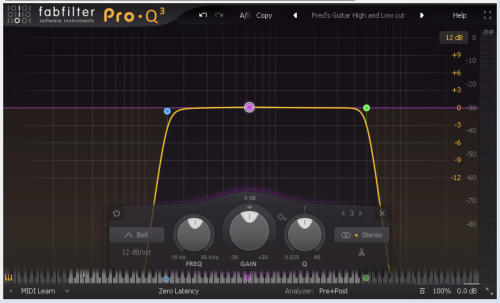
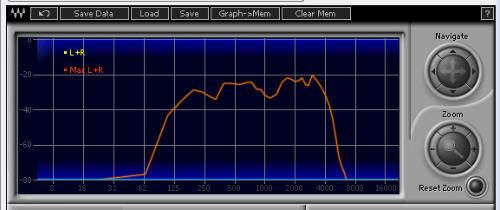
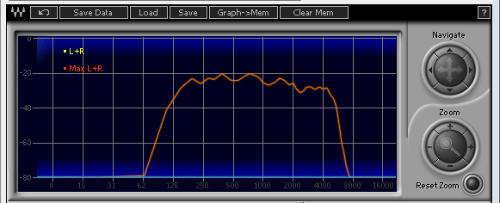
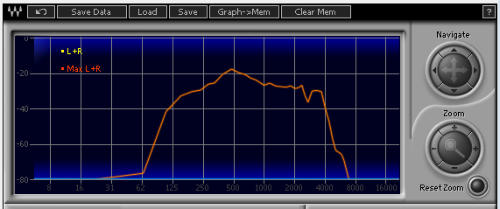
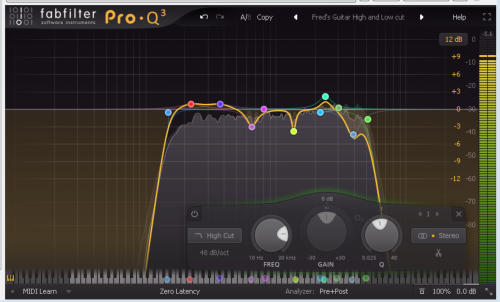






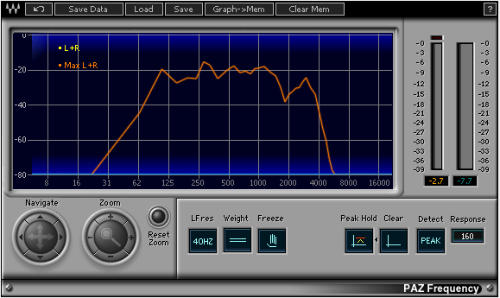
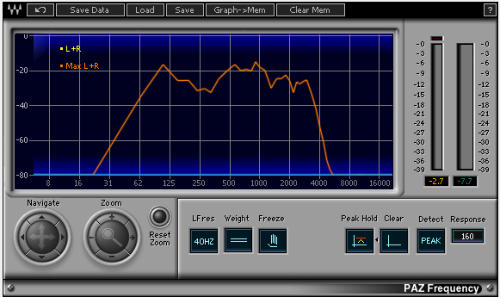

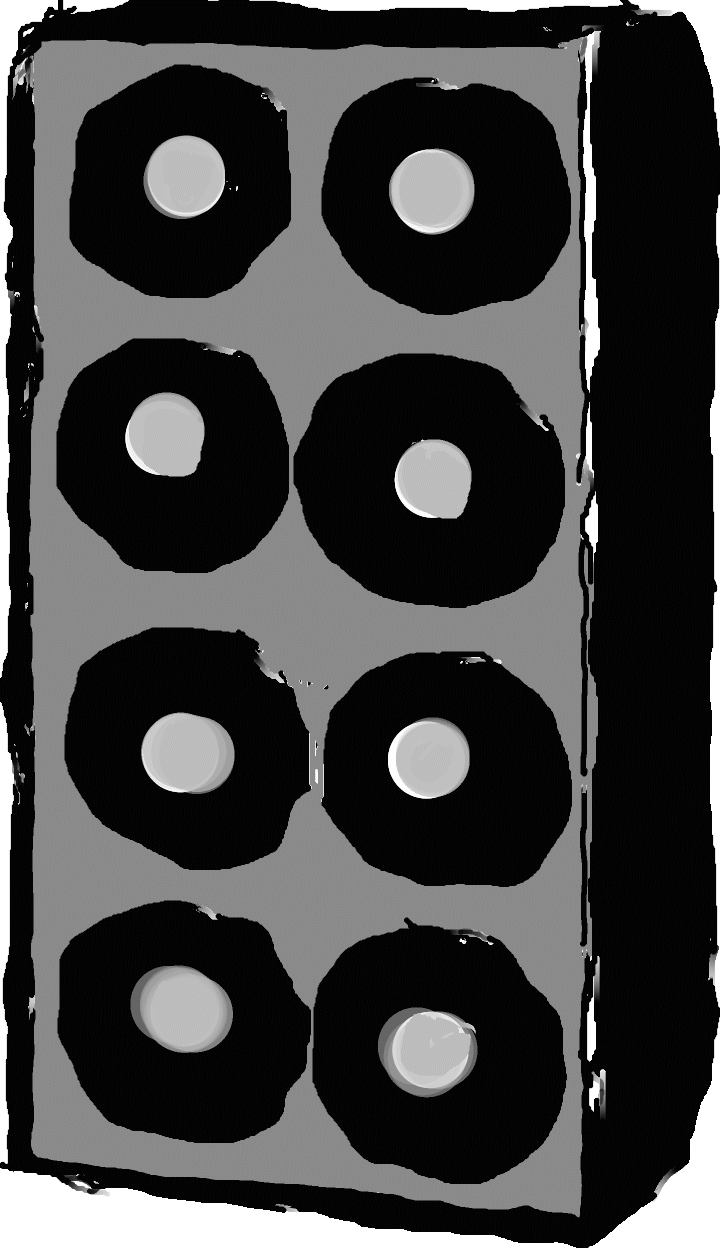




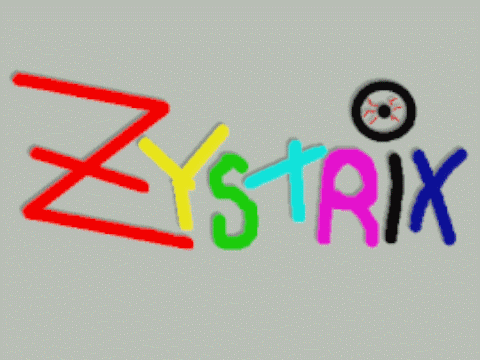




The Original
Guitar Djammincabs
The One That Started it All
Download 200 FREE
Guitar Cabinet
Impulse Responses (IRs)
Click on links below.
The Original
Bass Djammincabs
The One That Started it All
Download 200 FREE
Bass Cabinet
Impulse Responses (IRs)
Click on links below.
Djammincabs Maxxx 4x12
100% 4x12 Guitar Cabinets.
I want to try the new Djammincabs Maxxx 4x12 library.



